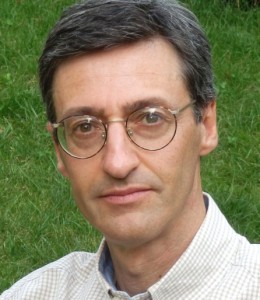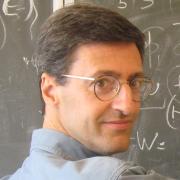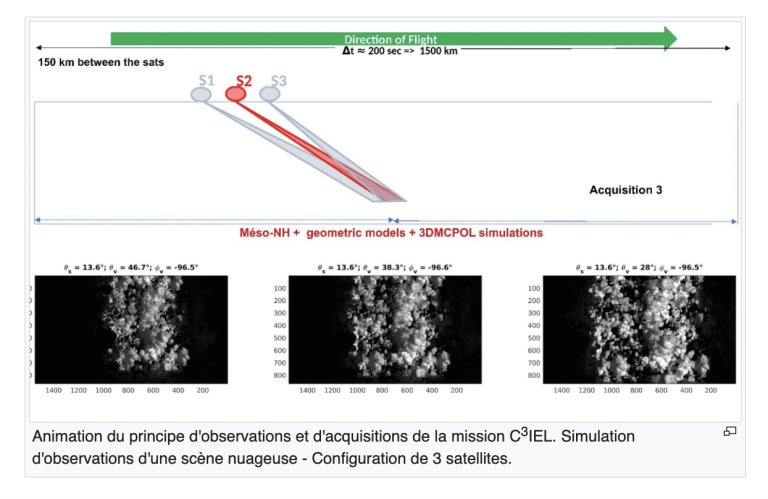Steven Weinberg, l'un des plus grands physiciens théoriciens de tous les temps, nous a quittés le 23 juillet 2021

[:fr]
Steven Weinberg, l’un des plus grands physiciens théoriciens de tous les temps, est décédé le 23 juillet à l’âge de 88 ans. Il avait révolutionné la physique des particules, la théorie quantique des champs et la cosmologie grâce à des percées conceptuelles qui, aujourd’hui encore, constituent le fondement de notre compréhension de la réalité physique. Steven Weinberg fait partie des très rares personnes qui, dans l’histoire de la civilisation, ont radicalement changé notre façon de voir l’Univers.
Steven Weinberg est né en 1933 à New York. Ses parents étaient des immigrants juifs ; son père, Frederick, travaillait comme sténographe au Tribunal, sa mère, Eva (née Israel), était femme au foyer. Steven s’est intéressé aux sciences dès l’âge de 16 ans grâce à un jeu de chimie offert par un cousin.
Weinberg est bien connu pour sa théorie unifiée des forces faibles et électromagnétiques, qui lui a valu en 1979 un prix Nobel, partagé avec Sheldon Glashow et Abdus Salam, et qui a permis de prédire les bosons vecteurs Z et W, découverts ultérieurement au CERN en 1983. S’il a pu construire cette théorie, c’est parce qu’il a compris que certaines nouvelles idées théoriques, dont on pensait initialement qu’elles pouvaient servir à la description des interactions fortes présentes dans le noyau, pouvaient en fait expliquer la nature de la force faible. « J’ai soudain compris qu’il s’agissait d’une théorie parfaitement valable, mais que ce n’était pas à l’interaction que j’avais en tête qu’il fallait l’appliquer. En effet, ce n’était pas à l’interaction forte que la théorie pouvait servir, mais bien aux interactions faible et électromagnétique », devait-il raconter bien plus tard.
Avec ses travaux, Weinberg a pu franchir une nouvelle étape dans l’unification des lois physiques, comme Newton lorsqu’il a compris que la chute d’une pomme sur Terre et le mouvement des planètes dans le ciel étaient deux phénomènes régis par la même force gravitationnelle, et comme Maxwell lorsqu’il a réalisé que les phénomènes électriques et magnétiques étaient l’expression d’une force unique.
Dans son travail, Weinberg a toujours fait porter ses efforts sur une vision globale de la physique et non sur la description d’un seul phénomène. Lors d’un déjeuner entre théoriciens, alors qu’un collègue le qualifiait de constructeur de modèles, il répondait dans un sourire : « Je ne suis pas un constructeur de modèles. Dans ma vie, je n’ai construit qu’un seul modèle ! »
En effet, l’héritage le plus marquant de Weinberg est son approche visionnaire de vastes domaines de la physique, consistant à partir de concepts théoriques complexes, à les réinterpréter de manière originale, puis à les appliquer à la description du monde physique. Un bon exemple est sa construction des théories effectives des champs, qui sont aujourd’hui encore l’outil de base pour comprendre le Modèle standard des interactions entre particules. Son mode de pensée inimitable a inspiré et guidé des générations de physiciens et demeurera une référence pour les générations futures.
 Auteur : Pr Gian Francesco Giudice pour le CERN
Auteur : Pr Gian Francesco Giudice pour le CERN
[:en]
Steven Weinberg, one of the greatest theoretical physicists of all time, passed away on 23 July, aged 88. He revolutionised particle physics, quantum field theory and cosmology with conceptual breakthroughs which still form the foundation of our understanding of physical reality.
Weinberg is well known for the unified theory of weak and electromagnetic forces, which earned him the Nobel Prize in 1979, shared with Sheldon Glashow and Abdus Salam, and led to the prediction of the Z and W vector bosons, later discovered at CERN in 1983. His breakthrough was the realisation that some new theoretical ideas, initially believed to play a role in the description of nuclear strong interactions, could instead explain the nature of the weak force. “Then it suddenly occurred to me that this was a perfectly good sort of theory, but I was applying it to the wrong kind of interaction. The right place to apply these ideas was not to the strong interactions, but to the weak and electromagnetic interactions,” as he later recalled. With his work, Weinberg had made the next step in the unification of physical laws, after Newton understood that the motion of apples on Earth and planets in the sky are governed by the same gravitational force, and Maxwell understood that electric and magnetic phenomena are the expression of a single force.
In his research, Weinberg always focused on an overarching vision of physics and not on a model description of any single phenomenon. At a lunch among theorists, when a colleague referred to him as a model builder, he jokingly retorted: “I am not a model builder. In my life, I have built only one model”. Indeed, Weinberg’s greatest legacy is his visionary approach to vast areas of physics, in which he starts from complex theoretical concepts, reinterprets them in original ways, and applies them to the description of the physical world. A good example is his construction of effective field theories, which are still today the basic tool to understand the Standard Model of particle interactions. His inimitable way of thinking has been the inspiration and guidance for generations of physicists and it will certainly continue to serve future generations.
Steven Weinberg is among the very few individuals who, during the course of the history of civilisation, have radically changed the way we look at the universe.
 Author: Gian Francesco Giudice, CERN
Author: Gian Francesco Giudice, CERN
[:]






